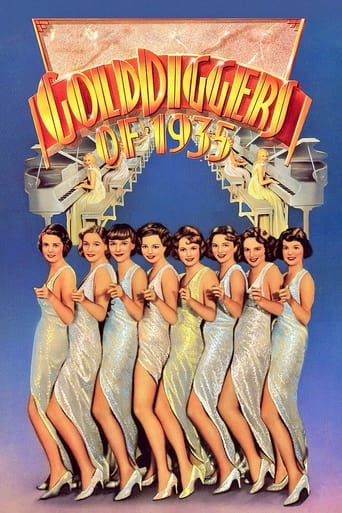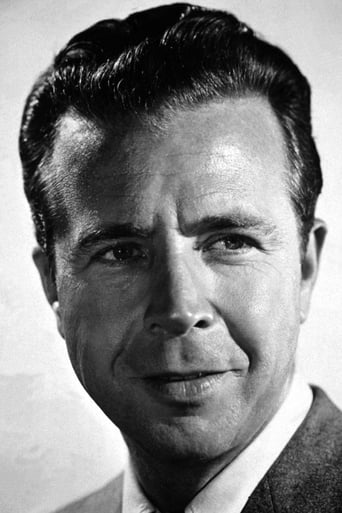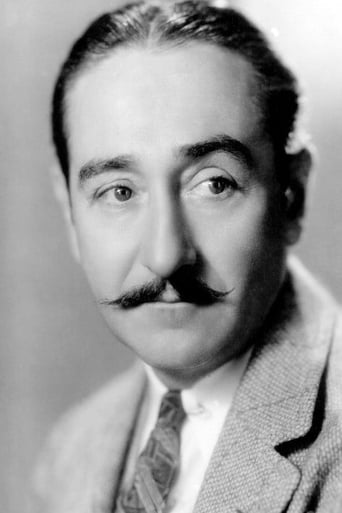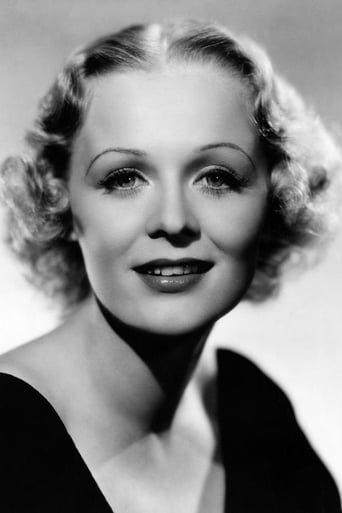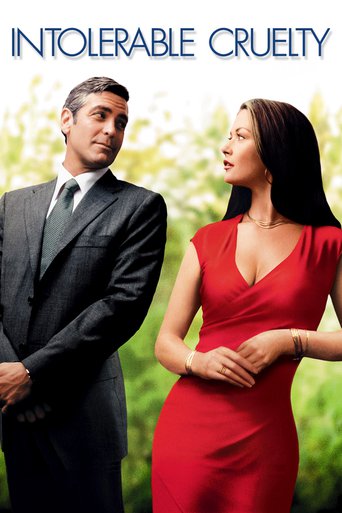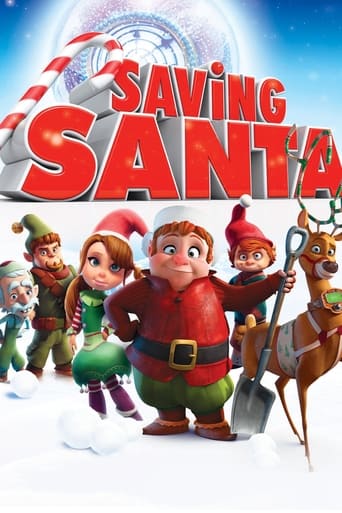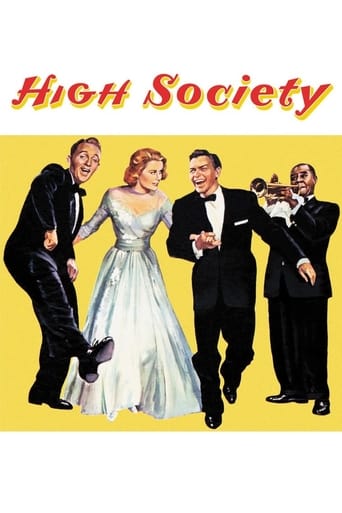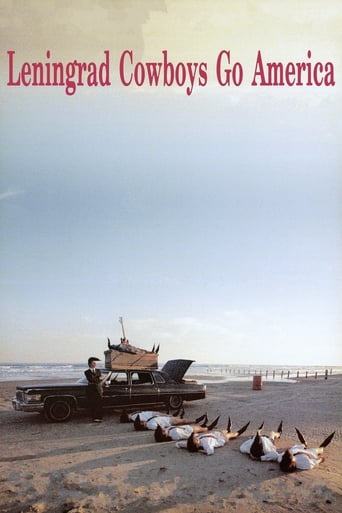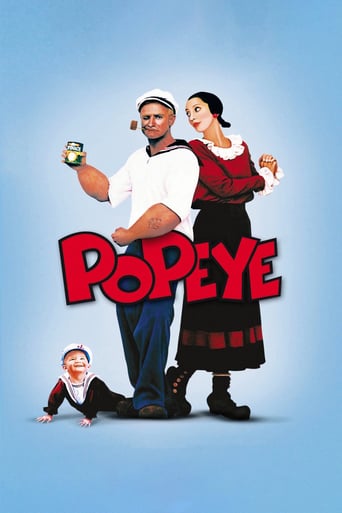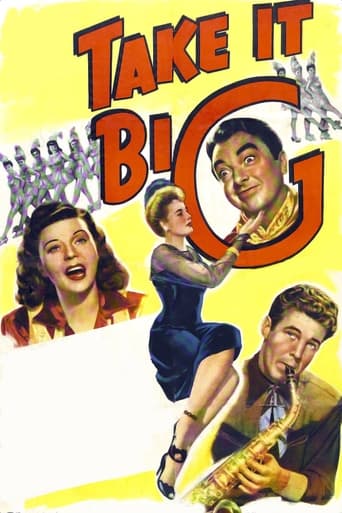Gold Diggers of 1935 (1935)
Romance strikes when a vacationing millionairess and her daughter and son spend their vacation at a posh New England resort.
Watch Trailer
Cast


Similar titles
Reviews
best movie i've ever seen.
Entertaining from beginning to end, it maintains the spirit of the franchise while establishing it's own seal with a fun cast
I enjoyed watching this film and would recommend other to give it a try , (as I am) but this movie, although enjoyable to watch due to the better than average acting fails to add anything new to its storyline that is all too familiar to these types of movies.
A terrific literary drama and character piece that shows how the process of creating art can be seen differently by those doing it and those looking at it from the outside.
Busby Berkeley had a long list of credits choreographing many Hollywood films beginning in 1930 with Whoopee! with Eddie Cantor for Samuel Goldwyn. He made several more pictures during this early phase in his carrer with Goldwyn, MGM and Universal before Warner Brothers engaged him for 42nd Street (1933) which the Warners saw as a re-birth of the musical after a period of apathy stemming from the glut of musicals from the latter part of 1930. 42nd Street was a huge success putting much-needed money in the corporate coffers. This was followed in quick succession by Gold Diggers of 1933, Footlight Parade, Dames, Wonder Bar, In Caliente and the picture I am discussing here, Gold Diggers of 1935. This film had a somewhat lighter plot than some of the earlier films and it substitutes Gloria Stuart for Ruby Keeler. Ms. Stuart was indeed not a musical comedy honey, but her acting is miles above Ms. Keeler's, and she is gorgeous to look at. She sings but one musical phrase in the entire 95-minute film, and I suspect even that little snippett is dubbed. It's okay though, as we are treated to that somewhat lighter-than-air plot about hijinks at a resort hotel, a few beautiful tunes by Harry Warren and Al Dubin, and some of Berkeley's best choreography, particularly in the two final numbers that wrap up the picture. "The Words Are In My Heart" is a particularly beautiful song illustrated by an amazing display of 56 moving pianos, assisted by some beautiful chorines and some men hidden underneath moving said pianos to a plethora of astonishing patterns and positions. "The Lullaby of Broadway" has been called by many Berkeley's greatest single number, and indeed, it is a mind-boggling affair of some of the best precision dancing you will ever see. To those who say Berkeley merely mechanized chorus girls in series of fast-moving tableaux, just watch these boys and girls go through Berkeley's rigorous paces. The print as shown on the Warners DVD is in excellent shape considering the film's age, and there are many delectable special features included. Warners generally give their features the "A" treatment and for those wishing a night at the movies, depression-era style, look no further than Gold Diggers of 1935.
I consider this a failure, mostly because I had been so imaginatively tickled by the wonderful earlier films in the same cycle of Warners musicals.In the earlier Gold Diggers from '33 and Footlight Parade, song and dance were only the voluptuous expression of a hardened heart learning to beat truthfully. The wrap-around into narrative was about the circumstances drawn from the depressions of actual life seducing inspiration out of both participants and viewers. Their gaudiness was eloquent, revealing a heart that was rich in many ways.This is the debut proper of the man who was responsible for staging the visions in those films, the actual films being about this man staging the visions. Both those were about Busby Berkeley making films.Not to imply that the man's talents had reached a certain meridian, because we find here one of the most astonishing set pieces he concocted; pure Hollywood dreaming about a woman dreaming a Hollywood that eventually plunges her to a neon doom. Film history has noted this piece as avant-garde, and has grouped it together with other early attempts at an American surrealism.But having assumed here the reigns of the entire production and not just the dance numbers, Berkeley exemplifies the expressive limitations both the surrogate filmmakers inside those films and the actual filmmakers responsible for them were called to solve; how to integrate his pure images within the environment that gives rise to them? What the actual filmmakers did, Mervyn Leroy in Gold Diggers '33 and Lloyd Bacon in Footlight, was of course to structure their films around the efforts of an impulsive artist learning to frame that intuition that so generously gave him images.Here the man is left at his own devices, with just that intuition to guide him. The result? Dazzling spectacle when the show demands it, but babbling nonsense everything around it. There is no mirror to hold the images, no reflection that reveals soul. Just a weak attempt at a farce of errors, coupled with shenanigans about marriage and money.Oh, it is again about the staging of a show, presumably the one we are meant to be watching. Various people scheme one way or another. But no one is wiser for seeing it.
Two words: Busby Berkeley (BB). If you know anything about movies or dancing (or even direction) you've heard the name and this movie (& others like it) is the reason why. BB's genius is that he "got it.". He understood that film was capable of so much more than being a newsreel or just capturing what you can see on a stage. It's more than an amusement but can be used to actually stimulate surrealistic thought. What Picasso did with color BB did with a palette of black, white & gray. Not only stimulating and simulating surreal dreams, but giving them an uneasy feeling, keeping the dark, sharp edge on the lust others only sought to elicit but never examine. As if to say "Images direct thought & these are the thoughts you're leaning towards...Is this the way for you?", Rod Serling's "sign post up ahead" years out of time. There is (strangely) humor, some rather awful singing, and some other fluff around the Berkeley numbers. But they serve only as a frame. BB's work hits you in the eye & travels to your brain as it has for millions to mimic & mock since then. And it alone makes this movie worth watching.
Among the films Busby Berkeley was associated with, Golddiggers of 1935 is a standout. Other viewers have noted the astonishing "Lullaby of Broadway" sequence, which, yes, is everything they say it is. And the dreamy "white piano" sequence is pretty amazing, too.But you know, there's more to it. And I think you just have to chalk this up to Berkeley's drill-team background. The sequences come off with such precision.There's the crisp editing at the beginning, when the hotel managers are explaining the financial arrangements at the hotel to their employees. No pay, just tips, and make sure the managers are cut in. It's a funny bit, of course, but the way the film is assembled here accentuates the humor in a way you just don't see in your typical movie of 1935.The part that really is memorable, though, is the sequence at the beginning where Dick Powell escorts his young lovely through the hotel lobby. I guess I really ought to go back and time it, but I think it runs for something like three minutes without a cut. And all the while, hundreds of extras are rushing back and forth, and you can tell the crew must have been dashing in and moving things that were just out of camera range. You know how much work that must have took? You know how everyone on the set must have been sweating at the 2 1/2 minute-mark, worrying that someone might trip and they'd have to start all over again? I have to wonder -- how many takes were required? It's a scene every bit as complicated as the celebrated opening shot of "Touch of Evil," and maybe more so, certainly a dozen times more tricky than anything in "Rope" -- and yet this one doesn't seem to be noted anywhere in the annals of Hollywood.So let's just say that this film is one of Berkeley's most inventive and technically interesting offerings. And you know what else? It's a fun movie, too.

